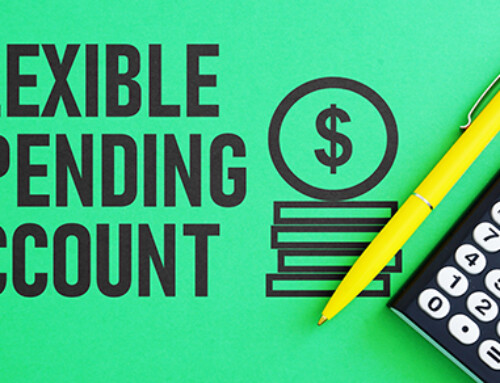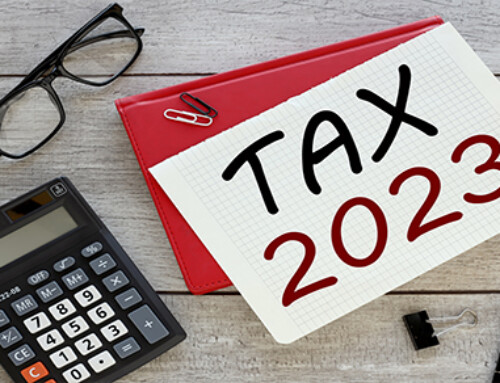Year-End Close Reminders/Considerations
As we wrap up the year, it is crucial to address several key financial and administrative tasks to ensure our records are accurate and complete. Below is our comprehensive checklist to guide you through the year-end close process.
General Cleanup and Tax Documents:
- Record prior year’s adjusted journal entries, if any.
- Review financial statements and perform any general accounting cleanup.
- As tax documents are received, ensure financial statements agree to the documents (when applicable) and compile them to submit to CPA for income tax preparation.
- Normalize Shareholder Distributions or make sure the partner/member distribution method is consistent with the entity agreement, if applicable.
- Reconcile liability/loan balances.
- Identify and reclassify any personal expenses that have been paid by the company not included in the shareholder/partner’s distribution/draws accounts. Including:
- Travel expenses
- Meal & entertainment
- Etc.
Fixed Assets:
- Keeping in mind your capitalization policy:
- Review fixed assets account detail and verify that fixed assets are properly reflected on the Balance Sheet, including:
- Make sure the new assets description is clear.
- Review construction in progress asset account, if any, and reclass all of the applicable assets to corresponding asset accounts if placed in service during the year.
- Are there any additions that have not been or will not be placed in service by year-end? If so, reclassify these assets to Construction in Progress account and indicate as such in memo field.
- For leasehold improvements, consider if the fixed asset is truly improving the property or just a repair.
- Review 2022 depreciation schedules and mark any disposed assets, indicating any proceeds received.
- Review Profit & Loss accounts which may hold fixed asset additions, capitalize fixed assets that are above your individual capitalization policy limit.
Tax Planning:
- Work on a year-end tax projection to prepare for potential tax liabilities and to evaluate year-end tax strategies to minimize tax liabilities:
- Provide year-to-date financials (Profit & Loss and Balance Sheet).
- Provide income and expense expectations through the end of the year. Including potential year-end bonuses, fixed asset purchases, etc.
- Communicate with your CPA any pertinent information/transactions planned through the end of the year or to be included in next year’s planning.
- If the company is paying health insurance on behalf of the shareholders, if applicable, communicate with your payroll department/service provider to correctly include such on shareholder’s Form W-2.
- If a shareholder is using a company vehicle for personal use, consider communicating with your payroll department/service provider to correctly include such on shareholder’s Form W-2.
- Review and provide detail of all federal and state estimated entity tax payments made year-to-date, if applicable. Including:
- Federal and state estimated tax payments
- California Pass-through entity tax payments
- Review expense accounts for:
- Any fines and penalties paid during the year, indicate such in your notes to your CPA or consolidate such in a designated expense account.
- Political contributions and indicate such.
Annual Information Filings:
- Prepare to file annual payroll tax forms (e.g., W-2, W-3) with the IRS and state authorities.
- Prepare and distribute 1099 forms to contractors and vendors (ensure payee information is on file), due by January 31st.
Sales Tax, if applicable:
- Prepare to file and pay sales/use tax and similar pass-through taxes.
For Employers – Employee Benefits:
- Review and update employee benefits for the upcoming year and ensure compliance with state-specific requirements for benefits.
- Break out officer salaries from wages.
- Issue year-end bonuses, if applicable.
For Employers – Workers’ Compensation Insurance:
- Review updates and/or anticipated changes for WC insurance coverage.
Back Up Data & Lock the Books:
- Once the books are closed, perform a backup and add a password to the closed year to ensure no more changes are recorded.
Miscellaneous Industry-Specific Nuances:
- Create a budget for the upcoming year.
- For the wine industry: Ensure compliance with any alcohol-related reporting and tax requirements, inventory costing.
- For construction: Review project contracts, work-in-progress, and job cost reports.
- For restaurant and hospitality: Review sales and occupancy tax filings and records.
We hope this checklist will assist you in completing the year-end close process efficiently. If you require further details, please contact your Linkenheimer CPA.







Leave A Comment